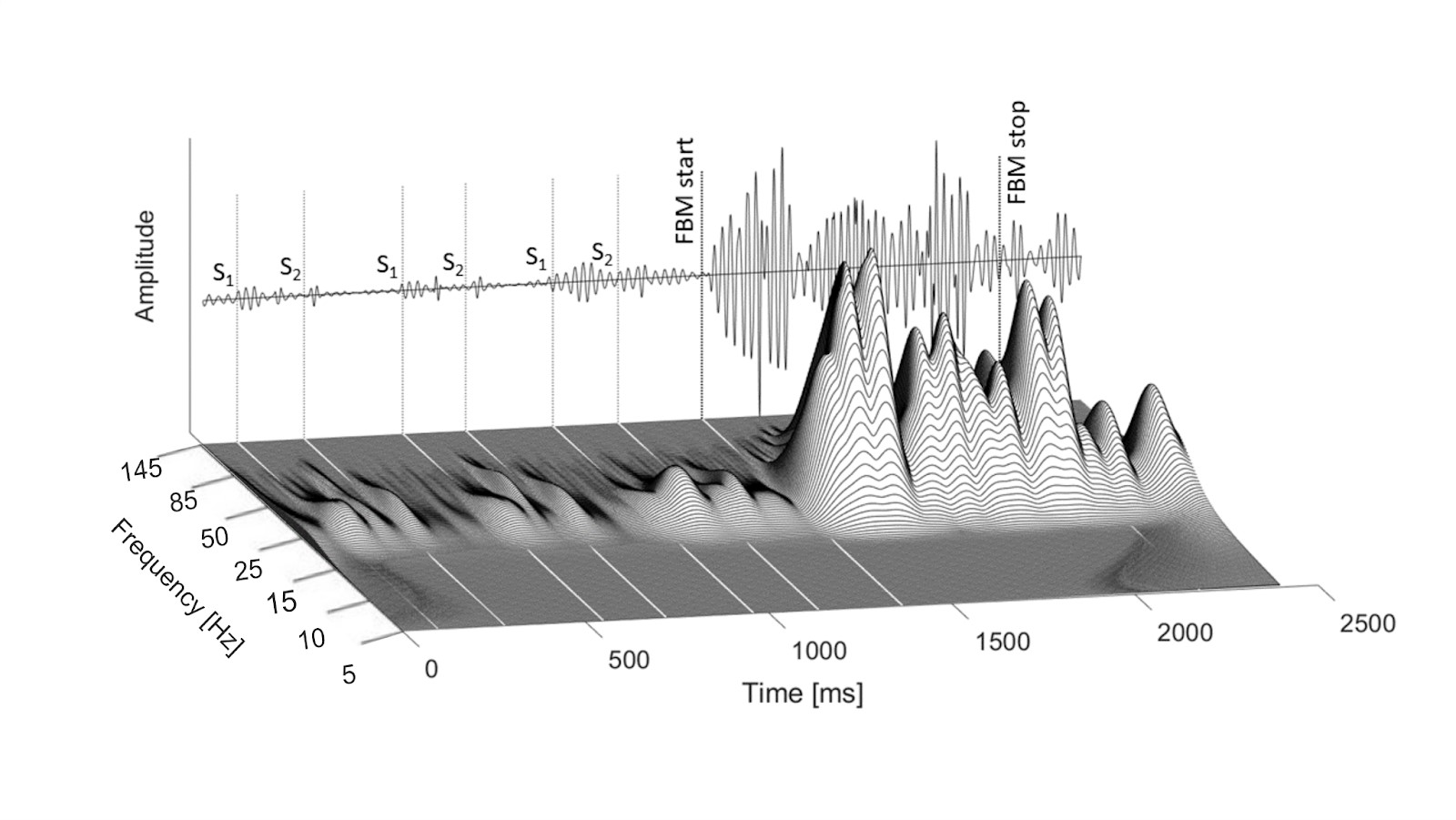- Head of Laboratory: Dr. Márton Áron GODA
- Members: Dr. Janka HATVANI (lab researcher), Dr. Miklós GYÖNGY (lab founder), Kristóf MÜLLER (lab assistant)
- Our laboratory hosts two research groups. The Acoustic Imaging group aims to understand various wave processes and phenomena to map the properties of various objects, including biological tissue, prenatal sonography, and other side projects like water echography in rivers. Primarily ultrasound is used, however other modalities such as optics and CT are also of interest. We develop models that allow us to go beyond the classical resolution limits imposed by the diffraction limit. The Medical Signals group focuses on fetal activity monitoring in the third trimester, using PCG, ECG, PPG, CTG, and other related biomedical imaging tools. During the phonographic measurement, non-invasive acoustic sensors are placed on the maternal abdomen wall. The main goal of this research group is to aid the current clinical standards, especially in the field of fetal PCG and Ephnography. The research groups are highly motivated to provide Ultrasound Imaging and Biomedical Signal Processing courses by appropriate experimental measurement and demonstration tools. We have strong networks with hospitals, clinics, and biomedical companies, too.
- Collaborative Partnerships: Obstetrics and Gynaecology Department, St. Margaret Hospital, Budapest, Hungary Department of Dermatology, Venereology and Dermatooncology, Semmelweis University, Budapest, Hungary Dermus, Hungary 77 Elektronika, Hungary.

Time and frequency analysis of Fetal Breathing Movement episodes in fetal phonocardiography signal. The FBM and heart sounds exhibit distinct frequency characteristics, with the FBM signal appearing at lower frequencies and the peak values of heart sounds being located at higher frequencies. The separation between the starting frequency of the FBM and the heart sounds is well-defined. Specifically, the FBM can be readily detected within the 20-30 Hz frequency band, whereas the heart sounds manifest themselves at higher frequency ranges.


